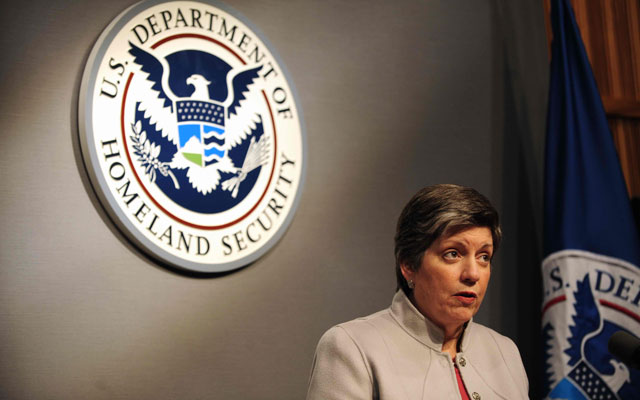At the end of February, the Department of Homeland Security (DHS) certified that another six states are REAL ID compliant. Nearly eight years after Congress first passed the REAL ID Act—which calls on the states to implement minimum security standards in issuing driver’s licenses and state IDs—progress is finally being made.
In 2004, the 9/11 Commission released its final report, citing the fact that 18 of the 9/11 terrorists had a total of 30 driver’s licenses and state IDs between them, six of which were used to board planes on the morning of the attack. The finding not only startled many throughout the country, but also inspired Congress to take action to help ensure that bad actors would never again be able to so grossly abuse our state IDs. Less than a year later the REAL ID Act would become law.
The Daily Signal depends on the support of readers like you. Donate now
When it comes to REAL ID there is a lot of misinformation out there. In reality, the facts are that:
- REAL ID is not an unfunded mandate,
- REAL ID does not create a national ID card or federal database, and
- REAL ID does reduce fraud and identity theft.
REAL ID sets voluntary security standards for states to follow in issuing drivers licenses and state IDs. States may choose not to follow REAL ID standards or even decide to implement them in different ways. The rub is simply that after December 1, 2014—almost 10 years after the law was enacted—the majority of non-compliant IDs will not be accepted for “official purposes,” e.g., boarding a commercial plane or entering a federal building. (This is true for those born on or after December 1, 1964. All others will have until December 1, 2017, to obtain a complaint ID or license.)
When REAL ID was first passed, states were given until May 11, 2008, to come into compliance. However, with the final regulations issued by the DHS just a mere four months before this deadline, full compliance was extended until May 11, 2011. Flash forward a few years and the DHS extended the deadline yet again—this time to January 15, 2013.
Testifying before Congress in early 2013, DHS Assistant Secretary David Heyman said that the buck stopped at 2013—DHS would not extend the compliance deadline any further. Come January 15, however, the DHS was singing a different tune, granting 37 states another loosely defined extension.
With the addition of the six most recent states, 19 total states are now deemed compliant with REAL ID by the DHS, and another 26 states have committed to meeting REAL ID standards. It’s time for the DHS to follow suit, offering states the guidance they need and committing to meeting REAL ID requirements once and for all.






























